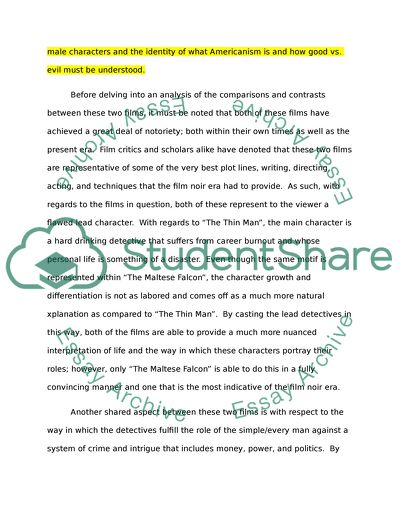Cite this document
(“Essay based in falcon maltese & The thing man movies Admission/Application”, n.d.)
Retrieved from https://studentshare.org/visual-arts-film-studies/1486498-essay-based-in-falcon-maltese-the-thing-man-movies
Retrieved from https://studentshare.org/visual-arts-film-studies/1486498-essay-based-in-falcon-maltese-the-thing-man-movies
(Essay Based in Falcon Maltese & The Thing Man Movies Admission/Application)
https://studentshare.org/visual-arts-film-studies/1486498-essay-based-in-falcon-maltese-the-thing-man-movies.
https://studentshare.org/visual-arts-film-studies/1486498-essay-based-in-falcon-maltese-the-thing-man-movies.
“Essay Based in Falcon Maltese & The Thing Man Movies Admission/Application”, n.d. https://studentshare.org/visual-arts-film-studies/1486498-essay-based-in-falcon-maltese-the-thing-man-movies.


